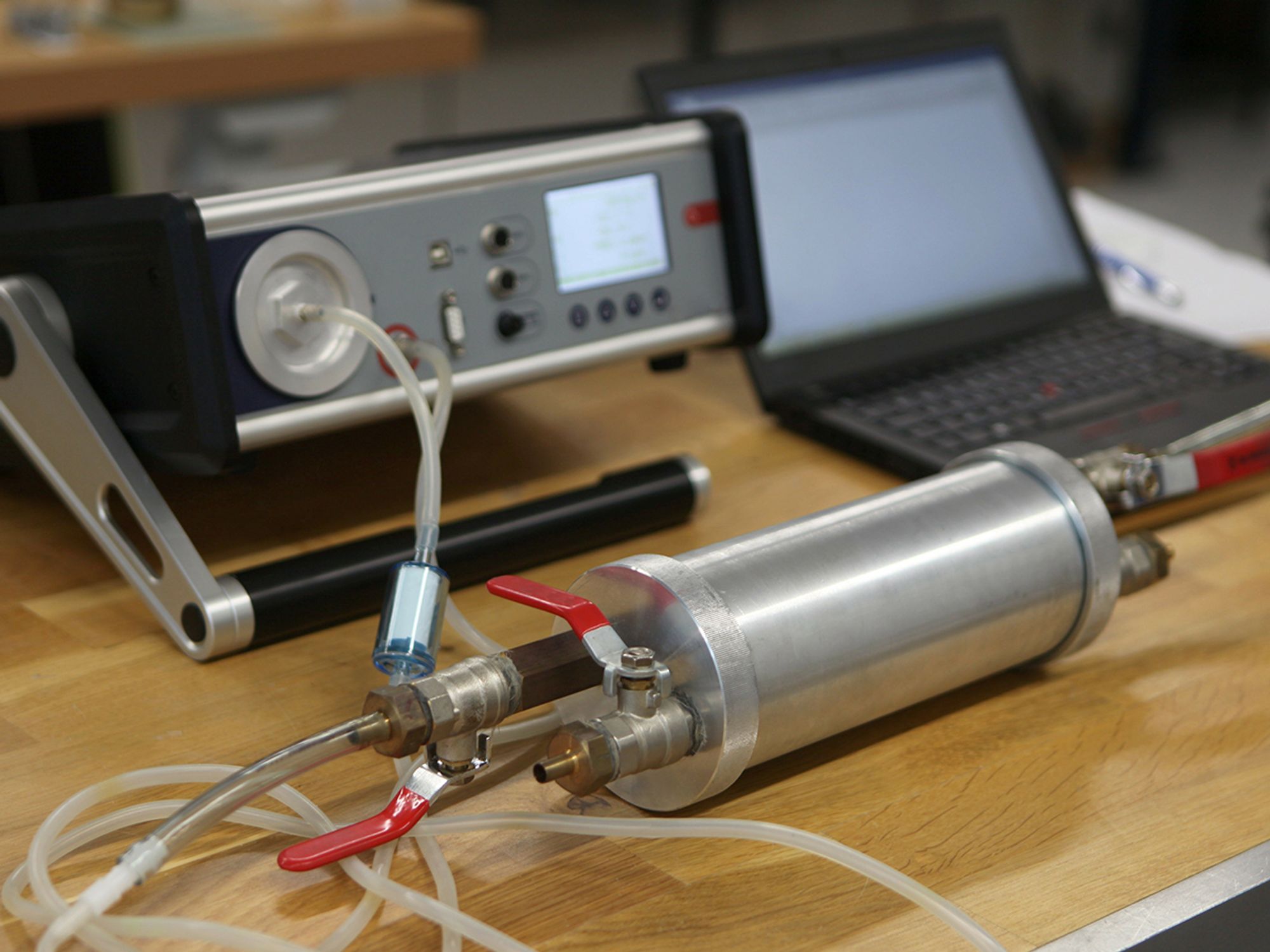TSCA Title III Indoor Radon Abatement

- The basic purpose of Title III is to provide financial and technical assistance to the states that choose to support radon monitoring and control.
- Monitoring nor abatement of radon is required by TSCA.
In October 1988, Congress amended the Toxic Substances Control Act (TSCA) by adding Title III, Indoor Radon Abatement. The basic purpose of Title III is to provide financial and technical assistance to the states that choose to support radon monitoring and control. Neither monitoring nor abatement of radon is required by TSCA.
Title III required the Environmental Protection Agency (EPA) to update its pamphlet “A Citizen’s Guide to Radon,” to develop model construction standards and techniques for controlling radon levels within new buildings, and to provide technical assistance to states. EPA is to provide technical assistance by:
- Establishing an information clearinghouse;Publishing public information materials;
- Establishing a national database of radon levels detected, organized by state;
- Providing information to professional organizations representing private firms involved in building design and construction;
- Submitting to Congress a plan for providing financial and technical assistance to states;
- Operating cooperative projects with states;
- Conducting research to develop, test, and evaluate radon measurement methods and protocols;
- Developing and demonstrating new methods of radon measurement and mitigation, including methods that are suitable for use in nonresidential childcare facilities;
- Operating a voluntary program to rate radon measurement and mitigation devices and methods and the effectiveness of private firms and individuals offering radon-related services; and
- Designing and implementing training seminars.
The proficiency rating program and certification for training programs collect fees for service, and therefore are meant to be self-supporting, but Congress authorized $1.5 million to be appropriated to establish these programs. Congress authorized $3 million to be appropriated for each of three years beginning in 1989 for the other provisions of sections 303, 304, and 305.
A matching grant program was established for the purpose of assisting states in developing and implementing programs for radon assessment and mitigation. For this program, $30 million was authorized to be appropriated over three years, with funds targeted to states or projects that made efforts to ensure adoption of EPA’s model construction standards and techniques for new buildings; gave preference to low-income persons; or addressed serious and extensive radon contamination problems or had the potential to reduce risk or to develop innovative assessment techniques, mitigation measures, or management approaches.
Other sections of Title III require EPA to conduct a study to:
- Determine the extent of radon contamination in schools;
- Identify and list areas of the United States with a high probability of having high levels of indoor radon;
- Make grants or cooperative agreements to establish and operate at least three regional radon training centers; and
- Provide guidance to federal agencies on radon measurement, risk assessment, and remedial measures.
All authorizations for appropriations specific to this title expired September 30, 1991, although appropriations have continued.
